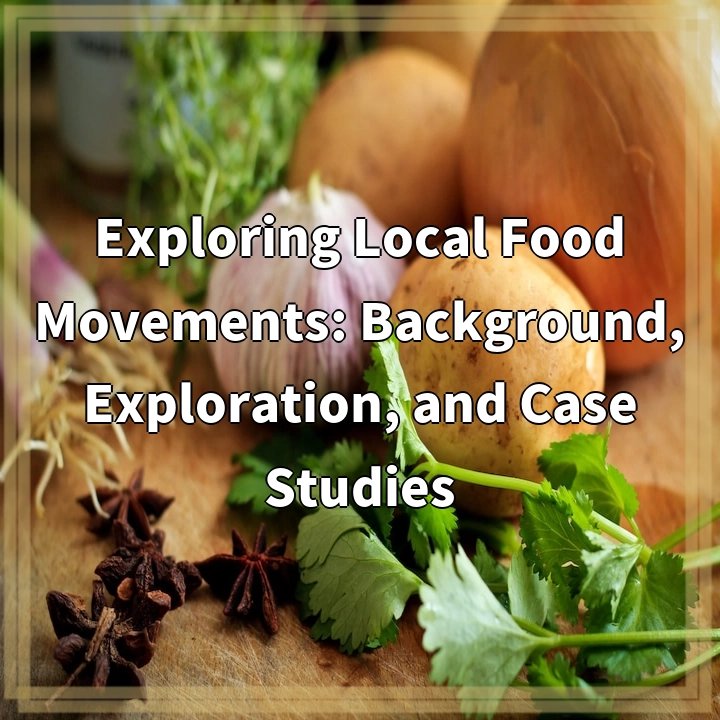
What is Local Food Movements?
Local food movements are initiatives that aim to promote and support the consumption of locally grown and produced food. These movements prioritize the connection between consumers and local farmers, promoting the benefits of purchasing food that is grown or produced within a certain radius of where it is consumed.
Real-World Problems Associated with Local Food Movements
While local food movements have gained popularity and have numerous benefits, they also face some challenges:
Limited Access
One of the main problems with local food movements is limited access. In some regions, access to fresh, locally-produced food can be difficult, especially in urban areas with limited agricultural land. This can make it challenging for individuals to access local food options and participate in local food movements.
Seasonal Variability
Another challenge is seasonal variability. Local food movements often prioritize seasonal produce, which means that certain fruits and vegetables may only be available during specific times of the year. While this can be seen as a positive aspect, it can also limit the variety of food choices available to consumers throughout the year.
Economic Viability
Ensuring the economic viability of local food systems is another real-world problem. Farmers and producers participating in local food movements often face challenges such as higher production costs, limited market access, and competition from larger-scale, industrial agriculture. These factors can make it difficult for local food systems to compete and sustain themselves in the broader market.
Educational Outreach
Many consumers are not fully aware of the benefits and importance of local food movements. Educating the public about the value of consuming locally produced food and the positive impact it can have on local economies, the environment, and personal health is an ongoing challenge.

Solutions to the Challenges of Local Food Movements
Improved Access and Distribution
Efforts should be made to improve access to locally produced food, especially in urban areas. This can be done through the establishment of farmers’ markets, community-supported agriculture (CSA) programs, and partnerships with local grocery stores and restaurants. Additionally, initiatives such as online platforms and food hubs can help connect consumers directly with local farmers and producers.
Season Extension Techniques
By implementing season extension techniques such as high tunnels, greenhouses, and hydroponics, local food producers can extend their growing seasons and provide a wider variety of produce throughout the year. This helps address the issue of limited availability of certain fruits and vegetables during specific times of the year.
Policy Support and Financial Incentives
Government policies that support local food movements and provide financial incentives to farmers and producers can help create a more economically viable environment. This can include grants, tax incentives, and streamlined regulations to encourage the growth and success of local food systems.
Educational Campaigns
Increasing public awareness and understanding of the benefits of local food movements can be achieved through educational campaigns. These campaigns can include workshops, seminars, community events, and outreach programs targeting schools, community centers, and other public spaces. Providing information on the environmental, economic, and health benefits of consuming locally produced food will help garner support and drive consumer demand.















